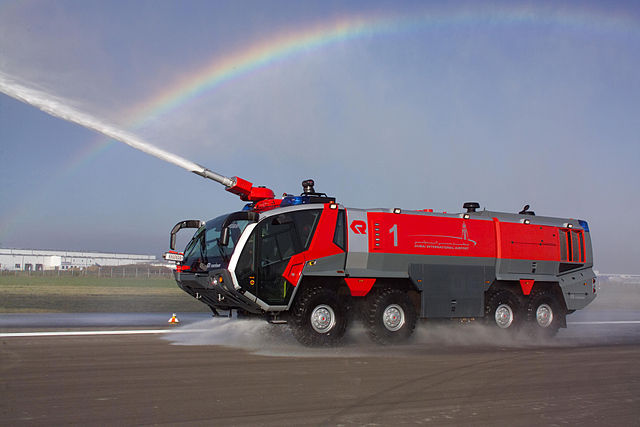Emergency management or disaster management is a science and a system charged with creating the framework within which communities reduce vulnerability to hazards and cope with disasters. Emergency management, despite its name, does not actually focus on the management of emergencies, which can be understood as minor events with limited impacts and are managed through the day-to-day functions of a community. Instead, emergency management focuses on the management of disasters, which are events that produce more impacts than a community can handle on its own. The management of disasters tends to require some combination of activity from individuals and households, organizations, local, and/or higher levels of government. Although many different terminologies exist globally, the activities of emergency management can be generally categorized into preparedness, response, mitigation, and recovery, although other terms such as disaster risk reduction and prevention are also common. The outcome of emergency management is to prevent disasters and where this is not possible, to reduce their harmful impacts.

A mobile emergency operations center, in this case operated by the Air National Guard
A team of emergency responders performs a training scenario involving anthrax.
Surgical debridement of left leg necrotizing fasciitis
An airport emergency preparedness exercise
Disaster risk reduction (DRR) is an approach for planning and taking steps to make disasters less likely to happen, and less damaging when they do happen. DRR aims to make communities stronger and better prepared to handle disasters. When DRR is successful, it decreases the vulnerability of communities because it mitigates the effects of disasters. This means DRR can reduce the severity and number of risky events. Since climate change can increase climate hazards, DRR and climate change adaptation are often looked at together in development efforts.
Landmines are also a hazard that cause much loss of life and injury. Female de-miners in Lebanon set off to clear landmines.
Different kinds of disasters
People have adapted the design of houses to protect them from rising flood waters. Small boats are used to transport people and food to sustain livelihoods. This kind of disaster risk reduction is also a method for climate change adaptation
Panel on Disaster Risk Reduction in the age of Climate Change during a 2012 European Union Development Day








